Winters are about to come in India & it's good time to get out and create some beautiful photographs. Winter presents some unique shooting opportunities and qualities for photographers like no other season can. Apart from the quality of the light we get in winter, the weather is much comfortable to go out and explore things which your camera may like. Summers and Monsoons are not as comfortable when it comes to exploration except the places where the temperature is not extreme.
Quality of Winter Light
As we all know that distance of the sun on the horizon is smaller during winter season and that's the reason that duration of sunlight during the day gets smaller. This also leads to the winter light which helps creating numerous pleasing effects for photographers, such as a longer period of the magic hour and brighter light with less harshness. Places with water bodies around has extra advantage in winter season. In India, that's the time when migratory birds stay around wetlands.
Magic hour is the time around sunrise or sunset, when most of the light is reflected and the direct light of the sun passes through a lot more atmosphere, thus filtering out the harsh neutral or blue cast. If you are wondering what all we are talking about then please get familiar with soft light and harsh light. Both have their advantages & disadvantages depending upon what & where you are shooting. But broadly photographers like soft light as simulating harsh light through artificial lighting is comparatively simpler.
Throughout the entire day, the sun will never reach a high zenith, always illuminating our subjects at a much more pleasing angle most of the times. In contrast, summer sun often causes extreme shadows and contrast and the lighting shifts more towards blue tones.
Due to the low angle of the sun, textures will look three-dimensional and become alive and shadows will be long and deep. We can use shadows to support our main subject, to hint at the presence of a subject by only showing its shadow or to create a sense of scale by comparing shadows. Shadows are copies of our subjects with different qualities that can greatly enhance our composition.
Weather brings in lot of difference -
Setting sun has the reflector it needs to create sunsets we only see get during the winter months. The clouds reflect the sunlight and because it now travels thousands of miles through the atmosphere, its deep red light will illuminate the clouds and the landscape creating unique views that only photographers know exist and many attribute to the wonders of digital image manipulation. Certainly some of that can be achieved with post processing softwares but still it's not as straightforward as it seems. And photographers love shooting things much better way and spend less time in post processing.
Here are some technical tips for those of you who need no further convincing that winter time is the prime photography season.
Cameras tend to underexpose white and overexpose black as they gravitate toward neutral grey. You need to overexpose snowscapes by up to 2 stops. If you are shooting sunrises, you will not have much time to figure things out as the light changes quickly, so it is good to know this. Always keep an eye on your histogram.
Shoot RAW at least during those times so you will not have to figure out the white balance. RAW also lets you correct your exposure somewhat. This link shares more about the debate about shooting in raw vs jpg.
Once your camera clips your highlights, you cannot recover them. Expose for the brightest spots that you want to be visible.
Take care of your Camera gears :
If your tripod does not already have some foam around the legs, you may want to put some insulation foam on it. Avoid touching metal in freezing conditions.
When you return from a photoshoot in the cold, let your equipment get warm slowly to avoid condensation inside your lenses. I leave mine in the bag for a couple of hours before taking them out when I am inside. Resist reviewing your photos right away and it's interesting observation worth following.
This one is very important and it’s a two way street. If you’re heading outside from a nice warm house, or if you’re coming back in from a shoot out in the cold, give your camera lens time to adjust to the temperature change. Going either direction will fog up your lens and viewfinder. Leave your lens cap on when going either direction and give your camera plenty of time to adjust to the temps. The amount of time depends on the the difference in temperatures from inside to outside. The larger the difference, the more time you should allow. 15 minutes is usually fine but more may be needed depending on how humid each environment is. You want a slow, gradual change so if you can, leave your camera in a camera bag as it gets used to the change. While this may take a bit longer, it does help ensure condensation won’t become a problem.
Protect your batteries:
Certainly it's very crucial to take care of your camera and the sensor, but taking care of batteries is equally important. Batteries get impacted pretty soon in weather changes. The good part is that you can take out the battery when it's not in use and keep it in your cloths for keeping it warm with your body heat. The warmer the battery, the better it performs and all of us know that well. In fact, when your battery shows low on power, try to rub it against dry cloths and you may see magic.
During winters we do various photoshoots during the weekends and if you are interested in joining, please do connect through contact form on the right. We love shooting in groups and learn from each other.
During winters we do various photoshoots during the weekends and if you are interested in joining, please do connect through contact form on the right. We love shooting in groups and learn from each other.
Related Blogposts -




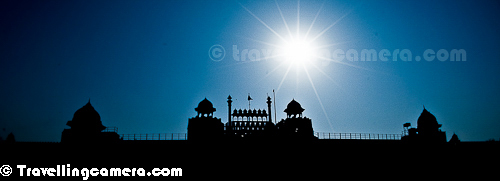



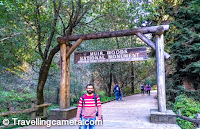
.jpg)
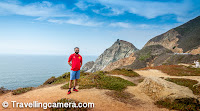
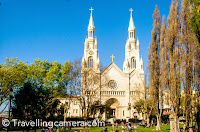

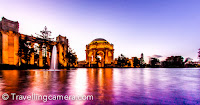



.jpg)
.jpg)


.jpg)
.jpg)
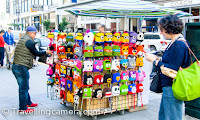
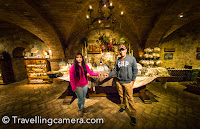




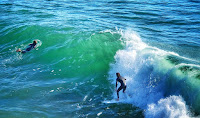



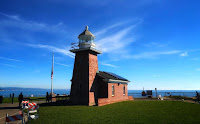
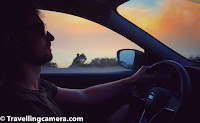
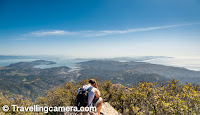



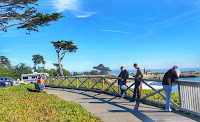
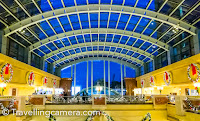



.jpg)
Comments
I love the Red Fort one the best. The sun is shining like a diamond :)